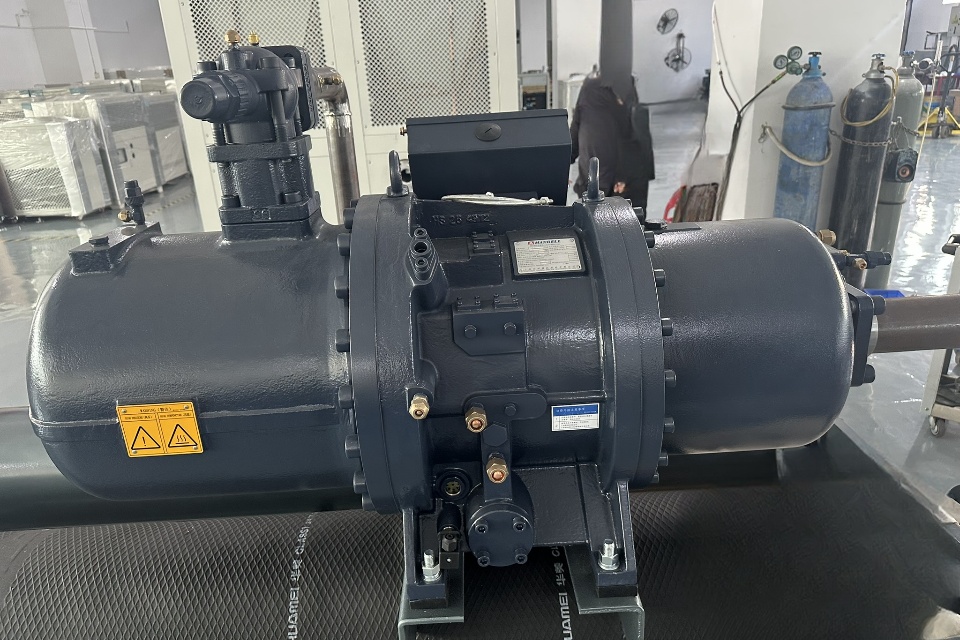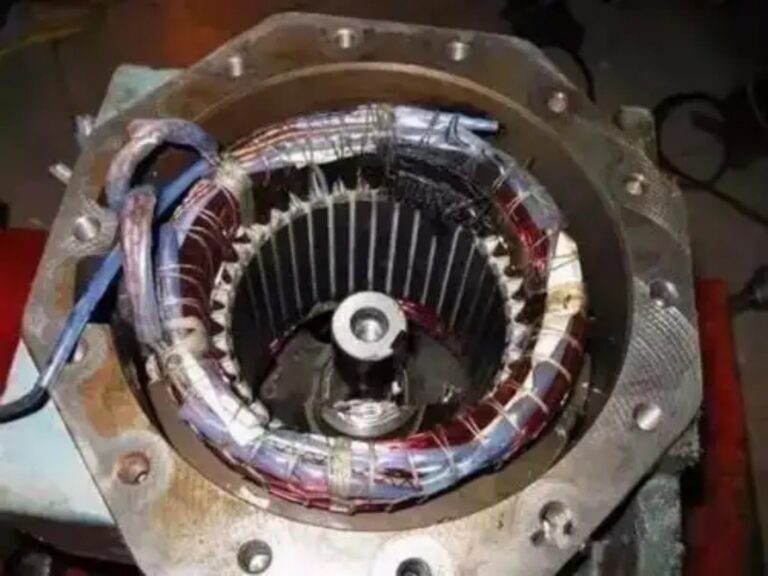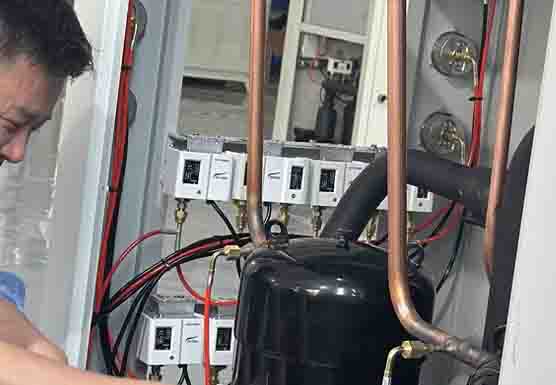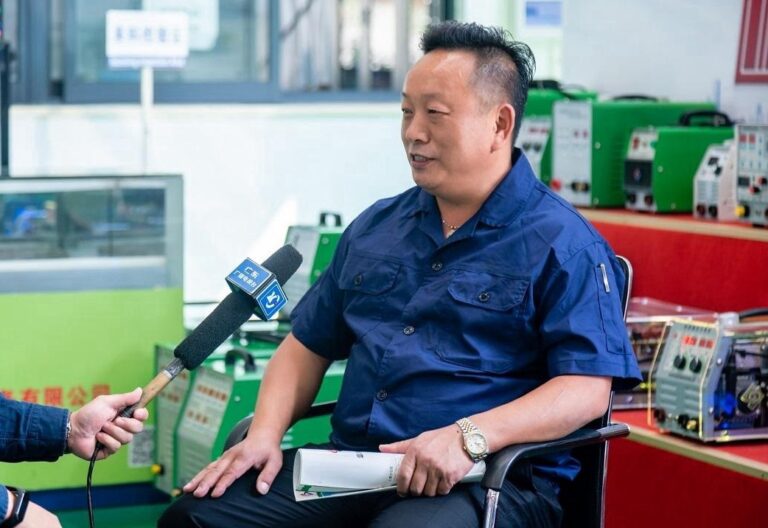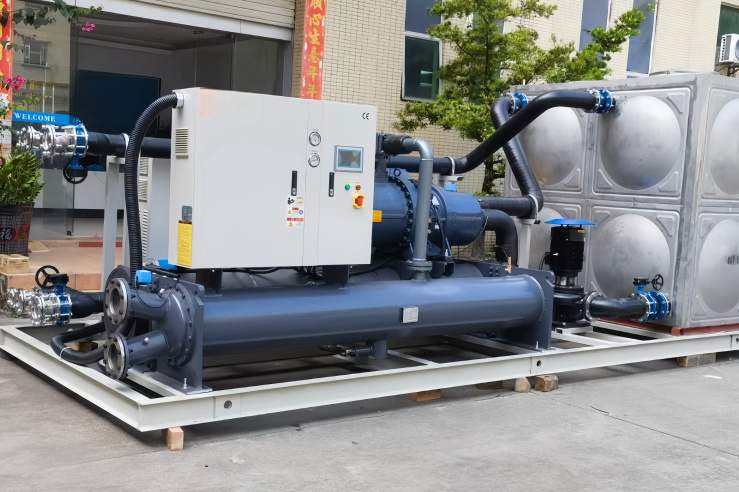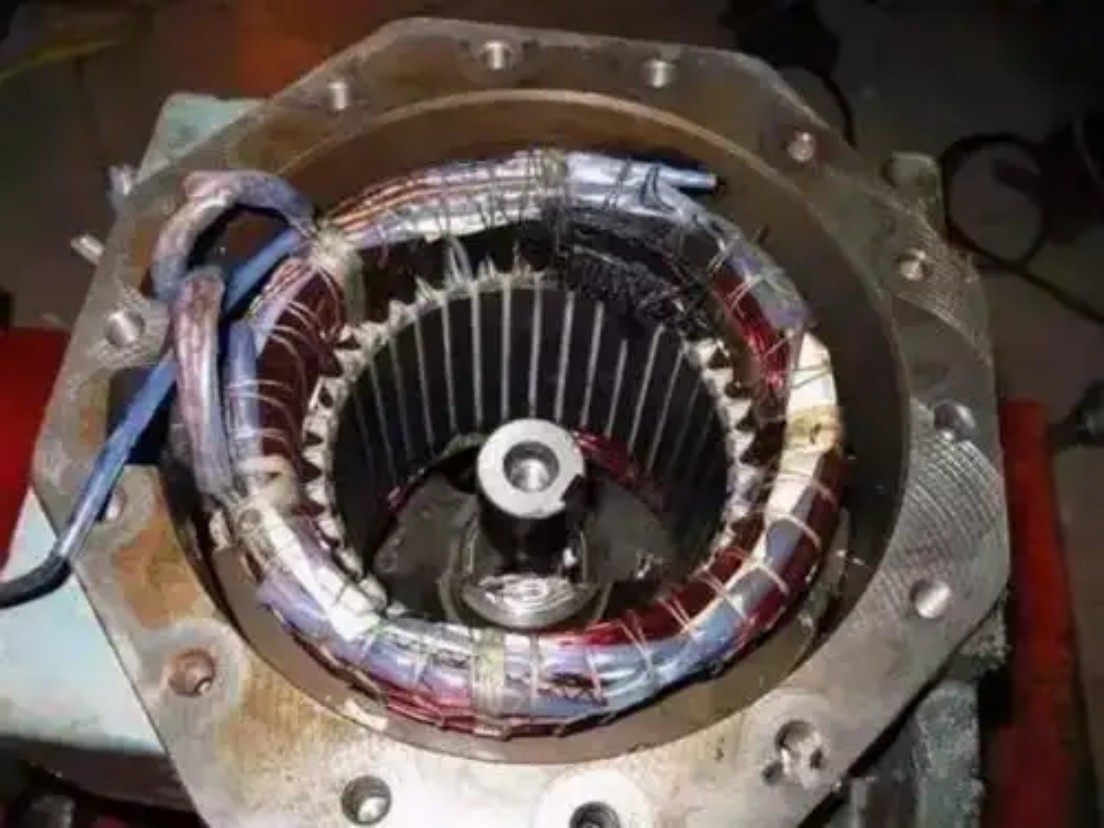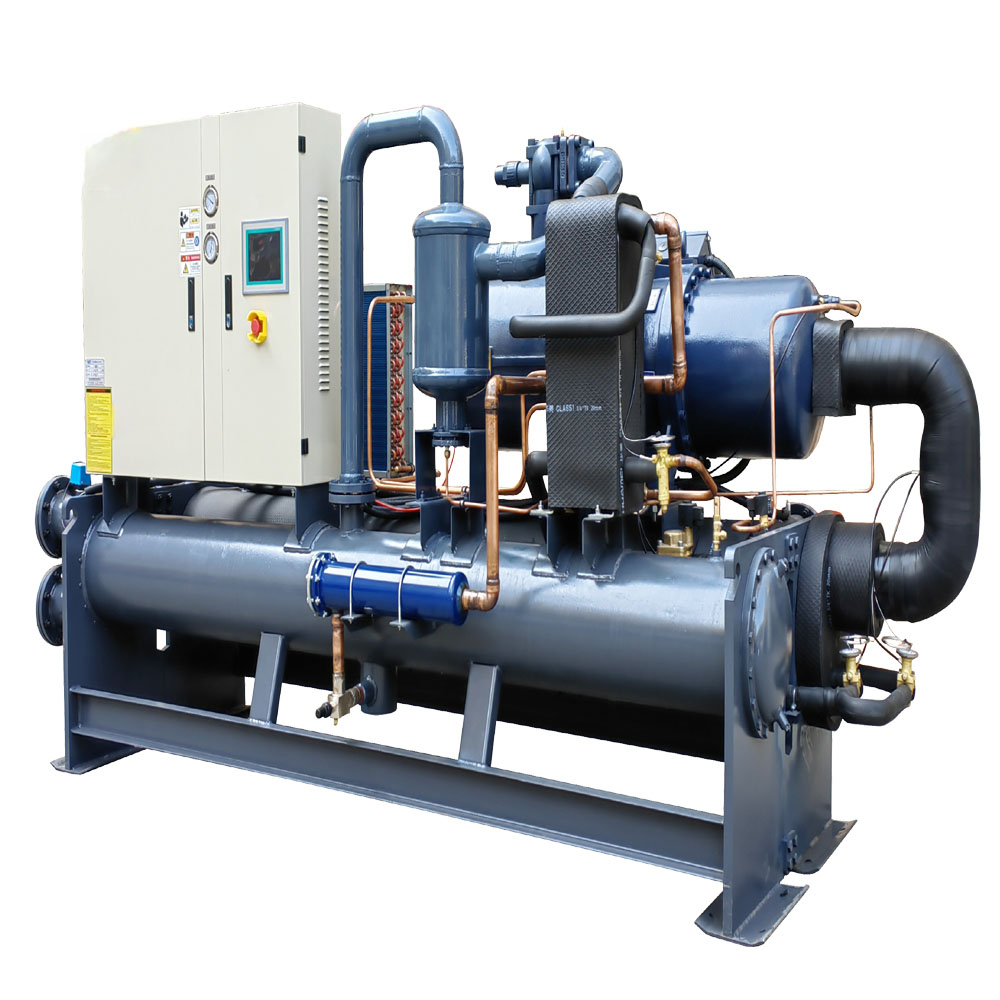-
大嶺山工業 廣東
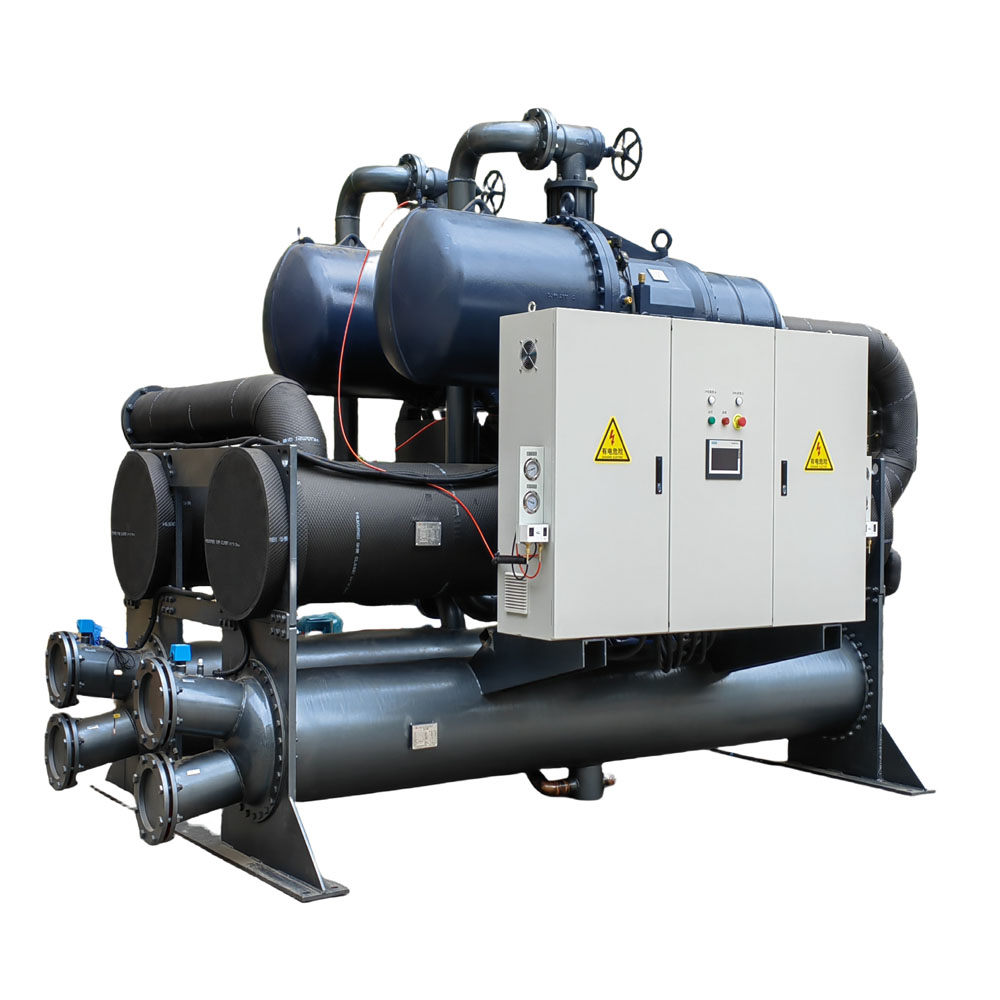
製冷機產業即將發生冷媒變化
應對 2025 年暖通空調冷媒變化:您現在需要了解的內容
HVACR 產業的格局正在迅速變化,冷媒法規即將發生重大變化。到 2025 年,新規則將重塑我們對待冷卻和冷卻的方式,影響從製造過程到日常營運的一切。本文是必讀文章,因為它分析了即將發生的冷媒變化,解釋了它們對您的意義以及您如何做好準備。無論您從事塑膠和橡膠行業、機械加工、食品和飲料、化學和製藥、電子、雷射、印刷、醫療、實驗室和研究機構還是資料中心領域,了解這些變化對於在 2025 年及以後保持領先地位至關重要。
目錄
什麼是 AIM 法案?
2021 年頒布的《美國創新與製造 (AIM) 法案》標誌著減少冷媒對環境影響邁出了重要一步。該法案授權美國環保署(EPA)逐步減少氫氟碳化物(HFCs)的生產和消費,而氫氟碳化物是一種具有高全球暖化潛勢(GWP)的強效溫室氣體。這項立法至關重要,因為它直接解決了冷媒對氣候變遷的影響。
作為一家冷水機組製造商,我親眼目睹了該行業的轉變。 AIM 法案不僅涉及環境保護;這是對創新和採用更多永續做法的呼籲。對於嚴重依賴冷凍空調的行業,例如食品和飲料或化學和製藥行業,了解 AIM 法案至關重要。它為向低 GWP 冷媒過渡奠定了基礎,確保企業保持合規並對環境負責。
2025 年冷媒變化將如何影響我的產業?
2025 年的冷媒變化將徹底改變各行各業。例如,在冷水機組發揮關鍵作用的塑膠和橡膠產業,從 R-410A 等高 GWP 冷媒轉向全球暖化潛能值較低的替代冷媒具有重要意義。這種轉變不僅影響製造過程,也影響產品的效率和環境影響。
同樣,在機械加工產業、資料中心以及實驗室和研究機構中,冷卻系統的效率直接影響營運成本和生產力。新法規將鼓勵採用 GWP 為 700 或更低的冷媒(例如 A2L 冷媒)的冷水機組。這些變化將需要升級或更換現有設備,這不僅帶來了創新的挑戰,也帶來了機會。
什麼是 A2L 冷媒?
A2L 冷媒代表新一代冷卻劑,其特徵是可燃性較低且對環境的影響較小。與傳統的 HFC 不同,R-32 和 R-454B 等 A2L 冷媒的 GWP 明顯較低。這使得它們成為 HVACR 產業轉型為更永續實踐的關鍵部分。
對於電子和雷射等需要精確冷卻的行業來說,採用 A2L 冷媒將改變整個格局。這些冷媒在性能和環境責任之間實現了平衡。然而,由於其具有輕度易燃的特性,在系統設計、安裝和維護方面需要仔細考慮。作為冷水機組製造商,我強調適應這些新冷媒同時確保最高安全標準的重要性。
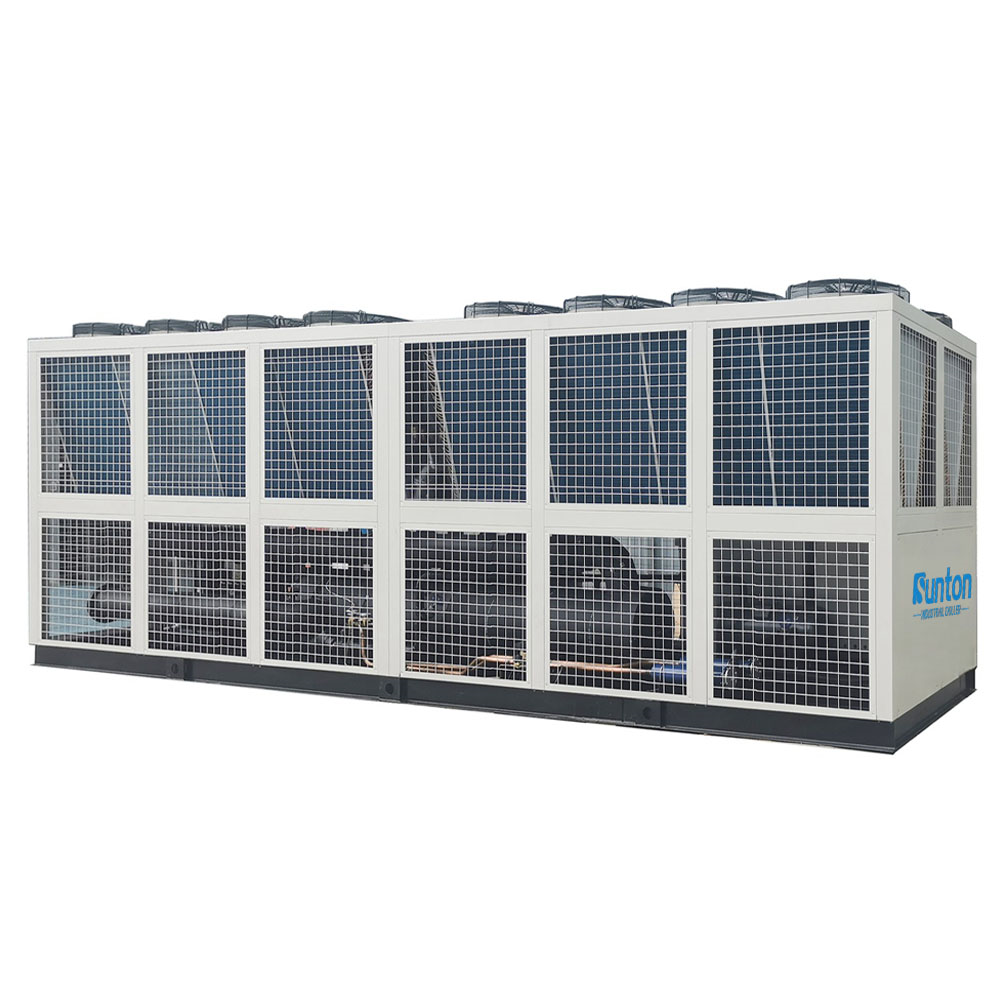
轉換至低GWP冷媒:時間表是怎樣的?
向低 GWP 冷媒的過渡已經在進行中,未來幾年將設定關鍵里程碑。到2025年1月1日,包括R-410A在內的許多高GWP冷媒的製造和進口將受到嚴格限制。這個時間表對於各行各業的企業規劃和實施必要的變革都至關重要。
對於醫療和印刷業來說,轉型不僅涉及更換冷媒,還涉及升級設備和培訓人員。採用低GWP冷媒設計的新型冷水機組將成為標準,改造現有系統也將成為常見的做法。 EPA 的規定為此轉變提供了清晰的框架,而保持知情是確保合規和營運效率的關鍵。
| 冷媒 | 全球升溫潛能值 | 班級 | 替代 |
| R-410A | 2088 | A1 | R-22 |
| R-454B | 466 | A2L | R-410A |
| R-32 | 675 | A2L | R-410A |
| R-134a | 1430 | A1 | R-12 |
R-410A 逐步淘汰:我的替代方案是什麼?
R-410A 是一種廣泛使用的冷媒,具有很高的 GWP,其逐步淘汰對許多行業來說都是一項重大挑戰。幸運的是,有幾種替代方案可供選擇,包括 R-454B 和 R-32,它們都是具有較低 GWP 的 A2L 冷媒。這些替代品具有類似的性能特徵,同時顯著減少了對環境的影響。
對於食品和飲料行業等可靠製冷至關重要的領域,過渡到這些替代方案需要仔細規劃。這不僅僅是更換冷媒;它涉及評估整個系統,包括冷卻器、管道和控制裝置。作為製造商,我與眾多客戶合作完成這項轉變,確保最大程度減少干擾並實現最高效率。
這些變化將如何影響冷水機組製造商和使用者?
2025 年冷媒的變化將對冷水機組製造商和使用者產生深遠的影響。包括我在內的製造商的任務是設計和生產符合新法規的冷水機組,同時提供該行業所需的性能和可靠性。這涉及大量的研究和開發工作,以及與行業利益相關者的密切合作。
對於使用者來說,這些變更意味著評估現有的 HVAC 系統並計劃升級或更換。這對於資料中心、實驗室和研究機構等行業尤其重要,因為停機可能會產生高昂的代價。透過了解新法規並與知識淵博的製造商合作,企業可以確保順利過渡並避免潛在的陷阱。
新冷媒的安全注意事項有哪些?
隨著新型冷媒的引入,尤其是輕度易燃的 A2L 冷媒,安全是首要關注的問題。正確的處理、儲存和系統設計對於降低任何風險至關重要。行業標準和建築規範正在更新以解決這些安全問題,對 HVACR 專業人員的培訓至關重要。
根據我的經驗,製造商、安裝商和最終用戶之間的合作是確保安全的關鍵。這包括提供有關冷媒充填限制、通風要求和洩漏檢測系統的明確指南。透過優先考慮安全性,我們可以滿懷信心地享受這些新型冷媒帶來的好處。
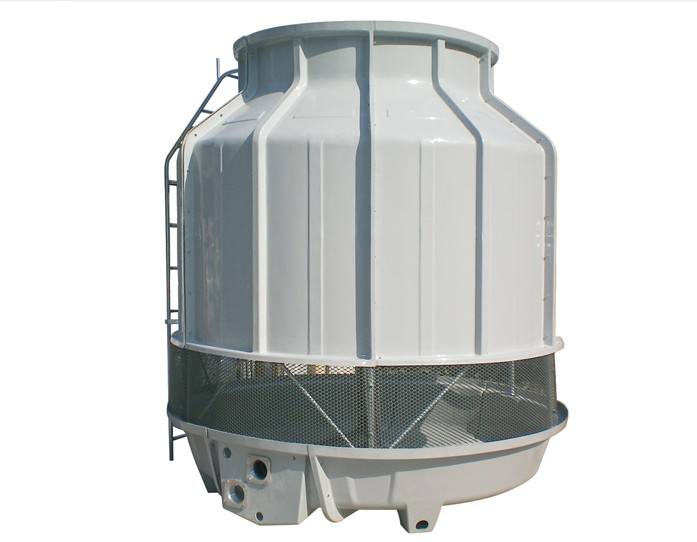
我的企業如何為2025 年 HVAC 冷媒變化做好準備?
為 2025 年冷媒變化做準備涉及幾個關鍵步驟。首先,企業應該對其目前的 HVAC 系統進行全面評估,以確定使用高 GWP 冷媒的設備。接下來,他們應該制定過渡計劃,考慮設備年齡、效率和對新法規的遵守等因素。
與行業專家(包括冷水機組製造商和 HVACR 專業人士)的合作至關重要。他們可以為您提供寶貴的見解,幫助您選擇最適合您特定需求的選擇,無論是改造現有系統還是投資專為低 GWP 冷媒設計的新型冷水機組。此外,及時了解法規和行業標準的更新對於成功過渡至關重要。
美國環保署在這些冷媒法規中扮演什麼角色?
美國環保署在實施 AIM 法案和監督向低 GWP 冷媒過渡方面發揮核心作用。該機構制定了逐步減少氫氟碳化物的時間表、制定了新冷媒的安全使用指南並強制遵守法規。
作為冷水機組製造商,我與 EPA 和其他監管機構密切合作,以確保我們的產品符合最高標準。此次合作對於該產業成功轉型到更永續的實踐至關重要。透過了解環保署的活動並與行業協會合作,企業可以確保為即將到來的變化做好充分準備。
2025 年以後:HVACR 產業的未來將會如何?
2025 年冷媒的變化只是 HVACR 產業持續發展到永續發展的一步。 2025 年以後,我們可以期待冷媒技術進一步進步,並持續致力於減少環境影響和提高能源效率。
可變冷媒流量系統和使用氨等天然冷媒等創新正在獲得關注。作為製造商,我對該行業的未來以及它為創新和成長帶來的機會感到興奮。透過擁抱變化和跨部門合作,我們可以為所有人創造一個更永續、更有效率的未來。
常見問題解答
什麼是 AIM 法案?
《美國創新與製造 (AIM) 法案》是美國 2021 年頒布的一項法律,授權美國環保署逐步減少強效溫室氣體氫氟碳化物 (HFC) 的生產和消費。
什麼是 A2L 冷媒?
A2L 冷媒是一類與傳統 HFC 相比可燃性較低的冷媒。例如 R-32 和 R-454B,它們的全球暖化潛勢值較低。
為什麼要逐步淘汰 R-410A?
R-410A 因其較高的全球暖化潛勢 (GWP) 而正在逐步淘汰。 《AIM法案》要求減少使用高GWP冷媒,以減輕其對環境的影響。
2025 年冷媒的變化將如何影響我的業務?
2025 年的變化將要求企業從 R-410A 等高 GWP 冷媒轉向對環境影響較小的替代品。這可能涉及升級或更換現有的 HVAC 設備。
我應該做哪些準備來應對 2025 年的變化?
做好準備,評估您目前的 HVAC 系統,制定過渡計劃,與行業專家合作,並隨時了解監管更新。
新型冷媒的安全考量有哪些?
新型冷媒,尤其是 A2L 冷媒,由於其輕微可燃性,需要小心處理。正確的系統設計、安裝和維護對於確保安全至關重要。
結論
- 《AIM法案》要求大幅減少高GWP冷媒的使用。
- A2L 冷媒(例如 R-32 和 R-454B)對環境的影響較小,但由於其可燃性較弱,因此需要小心處理。
- 各行業的企業都必須評估現有系統並規劃升級或更換,為轉型做好準備。
- 美國環保署在監督逐步減少氫氟碳化合物和確保遵守新法規方面發揮著至關重要的作用。
- 製造商、安裝商和最終用戶之間的合作對於成功、安全地過渡到新冷媒至關重要。
- 隨時了解監管更新和行業標準是有效應對變化的關鍵。
內部連結:
- 詳細了解 水冷式渦旋式冷水機組.
- 發現我們的 水冷式螺桿式冷水機組.
- 探索我們的 乙二醇冷卻器.
- 了解我們的 防爆冷水機組.
- 查看我們的 HVAC 冷卻器解決方案.
- 考慮我們的 用於水耕的工業冰水機.
